CIBERSAM publishes a guide for journalists to report responsibly on suicides
“Journalists play an important and positive role in the prevention of suicides”.
The Mental Health Network Biomedical Research Center (CIBERSAM) has presented a “Guide for journalists about media coverage of suicide”. This guide seeks to offer guidelines on how suicide should be reported responsibly to information professionals.
The media coverage of suicidal behavior can have very relevant effects on the rest of the population. Coverage focused on examples of people who seek help and overcome a suicide crisis can have a positive effect among people at risk (Papageno effect). On the contrary, the Werther effect or "contagion effect" occurs when a person who dies by suicide (e.g., celebrity, relative, friend, fictional figure in a novel, etc.) serves as a model for later suicidal acts.
In summary, the guide contains the following recommendations:
How to report
The main message of the story should encourage people to seek help and provide information on where to find it, including contact details and health resources.
The news should be used as an opportunity to educate and inform readers about risk factors, warning signs and advances regarding suicide, treating it as a public health problem.
It is advisable to include information on coping skills or strategies to manage crises, problem-solving alternatives, and opinions of professionals who are experts in suicide prevention (psychiatrists, psychologists).
Suicides of famous people, and those committed after a murder (a person takes his own life after previously killing others), should be treated with special caution.
How NOT to report
The news must not be published on the front page of the media, nor contain sensational headlines. It should not be shared through social networks, nor should it be reported in the same way as a crime.
Suicide should not be presented as something heroic or as a reasonable solution to a crisis. It should also not be presented as painless, quick, and easy to imitate, avoiding mentioning the methods used, the places of suicide, or any other detailed information.
Photos or videos of the deceased person, friends or relatives after death should not be used, nor should preparations prior to suicide such as farewell letters, notes or pacts be mentioned.
The causes of suicide should not be simplified to a single event. Case information should not come from the police, emergency services or witnesses, but from the opinions of experts.
Through responsible reporting, journalists can improve help-seeking behavior of affected people, increase public awareness, and reduce stigma related to mental illness. In the information society the question is not whether we should talk about suicide, but how we should do it.
To see the complete guide you can access through the following link: https://gacetamedica.com/wp-content/uploads/2022/05/EAAD-Best-Guidelines-for-Journalists-Media-Coverage-of-Suicide_ESP.pdf

